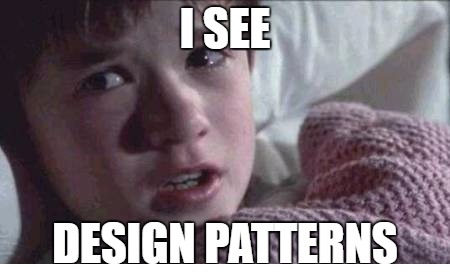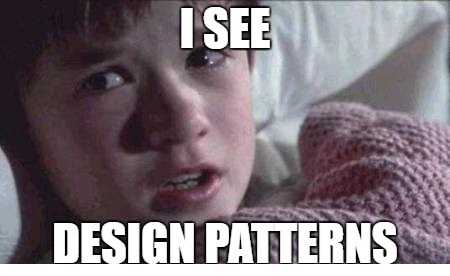Be SOLID: uncle Bob
We have discussed STUPID issues in programming. The shared modules and tight coupling leads to dependency issues in design. The SOLID principles address those dependency issues in OOP.
SOLID acronym was popularized by Robert Martin as generic design principles dictated by common sense in OOP. They mainly address dependencies and tight coupling. We will discuss SOLID one by one and try to relate each of them with the underline problems and how they try to solve them.… [Keep reading] “Be SOLID: uncle Bob”


